8 Things You Need to Do After a Car Crash
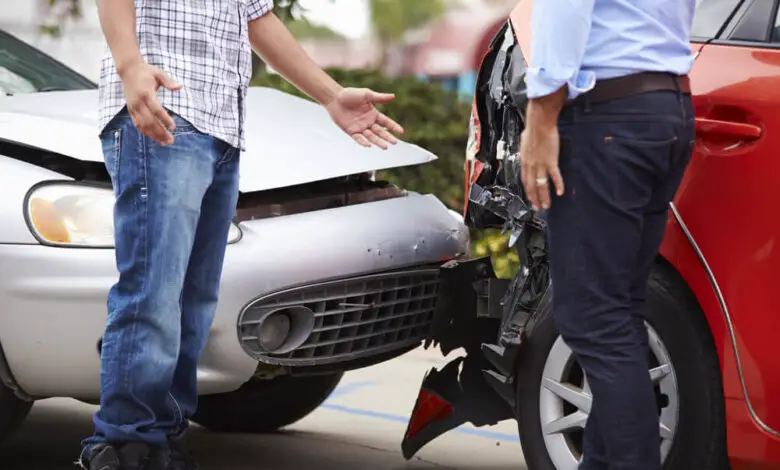
No one wants to have a car crash, but it’s a reality that can affect even the most prepared drivers.
According to the DITRDC of Australia, there have been over a thousand national fatalities caused by a car crash from 12 months leading to September 2024.
And even if the car crash you’re in is non-fatal, you’ll still have to worry about spending hundreds to thousands of dollars repairing your vehicle, from fixing your dents to repainting your hood.
While the numbers are disheartening, they also serve as a reminder that when you encounter a car crash, you’ll know how to respond.
Thus, preparation is key. Here are some things you wish you knew before getting into a car accident.
1) Determine if Everyone is Safe
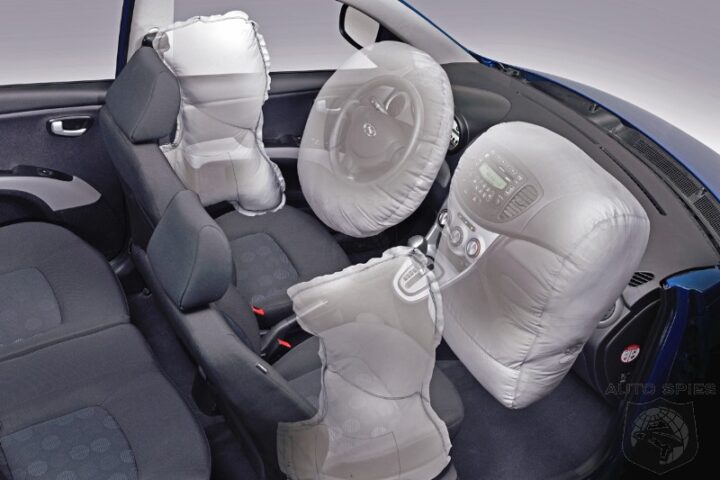
During the force of the impact, it’s important to make sure everyone’s okay. Depending on the severity of the collision, there may be broken glass or exposed metal that has been left exposed. The airbags deployed during the crash may also cause bruising when deployed.
First, you’ll have to check your own health if you’ve been injured in any way. Then, determine the severity of the injury and if you can still move around without pain. You’ll have to check if your limbs can move and if you still have the physical strength to carry yourself to safety.
In most cases, you may suffer from whiplash or concussion, so you’ll have to make sure that your safety comes first before the others. Once you’ve verified that you’re able to move and help others, determine whether your passengers are safe too.
2) Stay Calm and Get Out of Danger
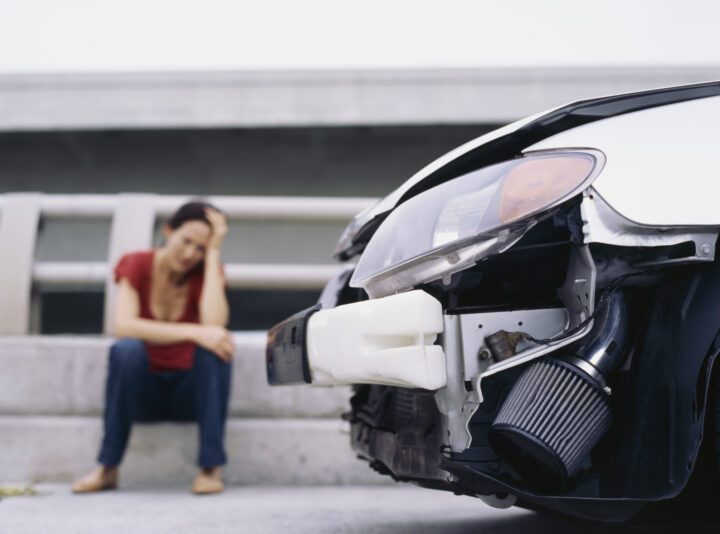
After a car crash, you’ll be knocked off-kilter. But it’s critical to look around to assess the situation. Is there a fire that needs to be put out? Are there leaks anywhere? A gas pump that could combust from being too close to an exposed spark?
In these cases, you’ll have to get away from the crash site as quickly as possible. Check your surroundings and make sure it’s safe to leave with your passengers in tow. It may take you a few seconds to collect yourself, but as soon as you regain your senses, you should move quickly.
Why? Cause even though you may be shaken after the accident, you must remember that you or any other injured passengers are more vulnerable to injuries if your vehicle’s engine is still on.
Nevertheless, it’s important to stay calm. If your vehicle’s damage is just a minor dent, pull over somewhere safe. This is to prevent traffic from building up, and this can also prevent you from sustaining even more risks with cars zooming by.
Once you’re in a relatively safer location, turn on your hazard lights and call an emergency number. This is to ensure that passing vehicles are aware of why you’re stopping at an unexpected location.
3) Gather Details of the Accident
Once you’re away from the source of danger, now’s the time to assess what happened. This is vital for not only filing insurance claims and reporting the incident, but also for car repair specialists to gain context about the incident.
If you’ve been injured, it’ll be difficult to keep track of what happened during the crash. But if you know someone who wasn’t impacted by the car crash, they can take notes and snap photos of what’s happening around you.
If there’s another car involved, here are some vital pieces of information you’ll want to gather during this time:
- Name of driver
- Phone number
- Driver’s license number
- Car build and colour
- License plate number
- Insurance policy number
- Vehicle identification number
- Company phone number
- Witness contact details
If the driver doesn’t own the car itself, prod them for more details about the car owner as well as their relationship.
Aside from this, you’ll also want to know the location of the accident to tell enforcers and first responders. They’ll be able to get to the scene regardless based on your phone’s tracker (when you decide to call them), but it would still be helpful to know.
4) Take Plenty of Pictures
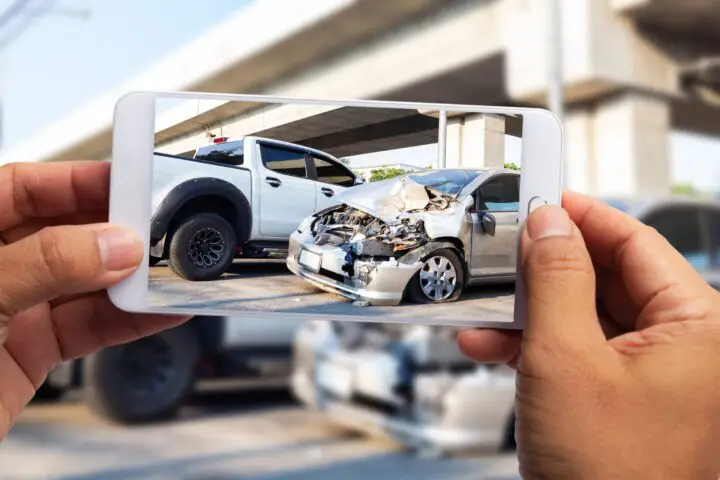
Snapshots act as unwavering pieces of evidence when you determine fault in the accident. You’ll want to take pictures of the damage on both cars, but be sure to also snap photographs of your injuries too.
If you can’t use your own phone for this purpose, have someone else take photos with theirs instead. But if possible, it’s important to capture images that show not only the damage but also the context in which it occurred.
By taking photos of the environment, you’ll be able to provide clues that suggest what really happened when your car crashed into another vehicle. Was there any oncoming traffic? Were you driving at an excessive speed when the accident occurred? Did the other car overtake you when they shouldn’t have?
These factors can all play a role in determining who’s at fault and how you’ll interact with the driver at a later time in court or when filing for an insurance claim.
5) Report the Accident to the Police
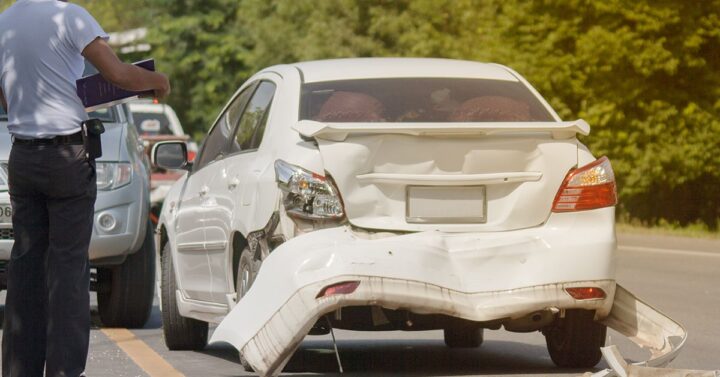
Sometimes, accidents are just that — an accident. But if there were any signs of danger, negligence or inebriation on another person’s part, it will be necessary to report them to local authorities.
With police on the scene, it’s important to stay calm and keep a level head when talking about the accident. The “whodunnit” discussion can be settled once the police arrive and when you contact a lawyer if necessary.
If you want to file for insurance claims or talk about fault with another party during this time, be sure to ask if the police are still gathering evidence and requesting a tow service. If they’re not, then it might be best to save that conversation until later when emotions aren’t at their peak.
6) Repair Your Car
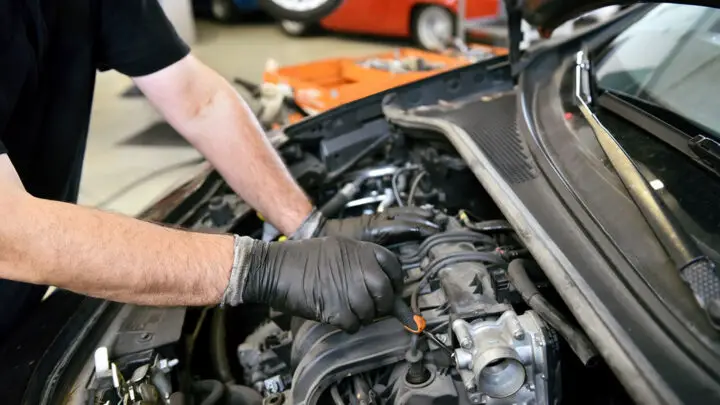
Once the dust has been settled on the scene, you’ll still have work to do once you’re out of the scuffle. When you’ve gathered your bearings, it’s time to book your car in for repairs.
If the accident was someone else’s fault entirely, then their respective insurance company will be responsible for fixing your vehicle. But if there was any negligence on your part — like you were driving too fast or not paying attention during a turn — then you’ll likely have to pay a portion of it yourself.
Fortunately, there are ways you can compare car repair quotes in your area to help you catch the most competitive price and save you sums of cash. These are websites that can help connect you with car repair experts, meaning you won’t have to worry about going through the hassle of finding a reputable mechanic yourself.
Click here if you’re interested to learn more about this service.
7) Contact Your Insurance Provider
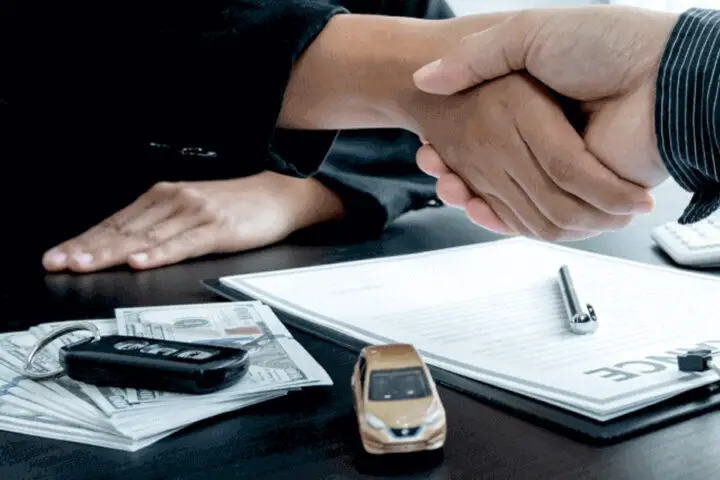
Whether the accident was your fault or not, you’ll want to contact your car insurance provider and file a claim. Your coverage plan can help provide you with the cash you need to get back on your feet while also compensating for any lost wages or medical bills.
If you don’t have insurance but verified that the other driver is at fault, you have the right to file for compensation. It may not be as comprehensive as having your own insurance policy, but at least you can rest easy knowing that you won’t have to pay the full price out-of-pocket.
8) Contact a Lawyer (Optional)
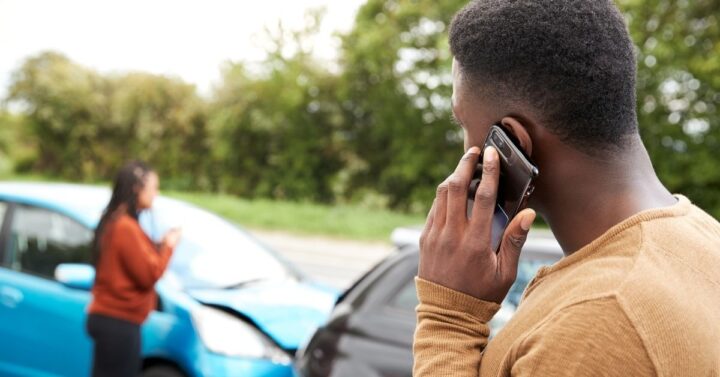
In some cases, accidents can get so severe that they require expert legal advice to determine fault and settle for damages. Whether it’s another person’s recklessness or a fight for a rightful insurance entitlement, professional attorneys can help connect you with the compensation you deserve for your troubles.
They’ll create a case file with all of the evidence gathered from the accident scene and will help you understand how it will fare in court. The last thing you want is to go into the courtroom unaware of the laws that were broken and what sort of compensation you can receive.
